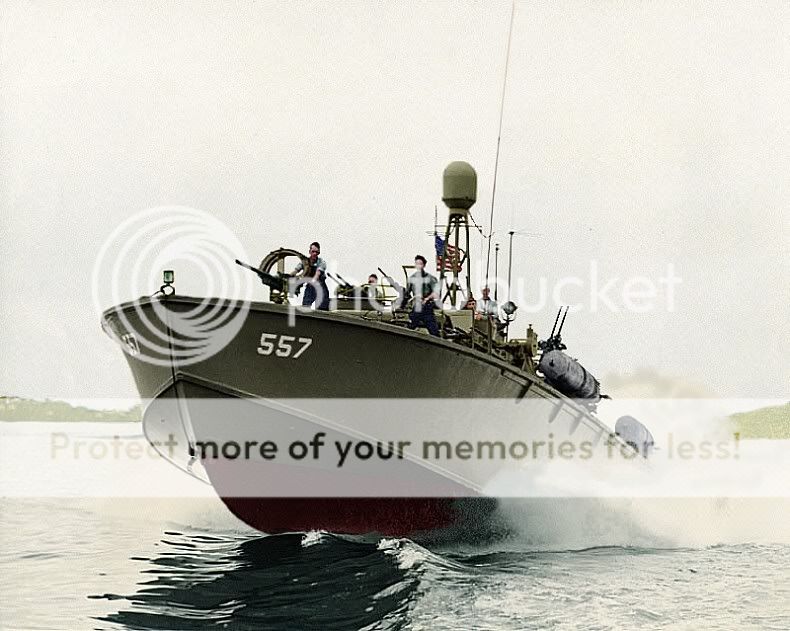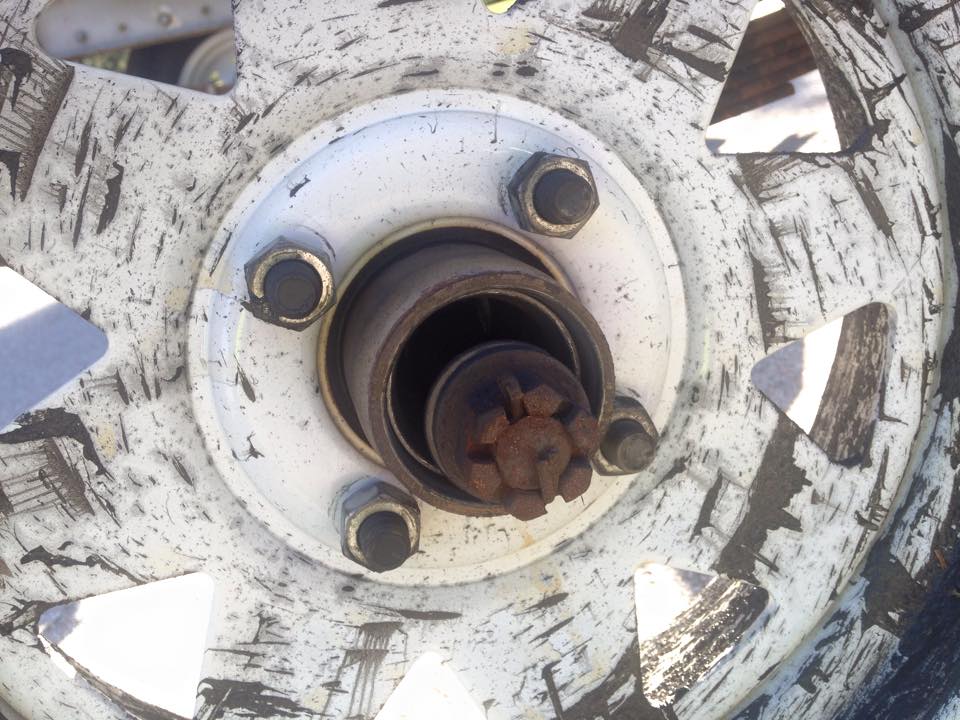docmirror
Touchdown! Greaser!
- Joined
- Jan 5, 2007
- Messages
- 12,008
- Display Name
Display name:
Cowboy - yeehah!
Suspension is the real issue I find with the 1/2 tons. They're just too soft to do well with the extra weight back there.
Something interesting I just learned before buying my current truck. The 04-08 Dodge Ram 1500 with the Mega-cab has 3/4 ton axles, brakes, springs, shocks under it. I did my due diligence and studied up on it before buying. Only the chassis with the Mega-cab has the 3/4 ton stuff under there. Before I bought, I got it up on the rack, measured the hubs, brakes and looked at the springs. Yup - all big stuff. I was pleasantly surprised. I also got 4x4 and have rear LSD and one of the few without electronic shift on the fly.
I guess they figured that the biggest cab with the 6 foot bed was too big to get the 5 bolt hubs and lesser suspension under it, so they just built a 3/4 ton truck and labeled it '1500'. Go figure. My tow rating is lower than the 3/4 unit of the same year, same axle, same brakes, same engine. The Dodge guy said they did that just to not mess up the sales of the bigger trucks. Another go figure.



